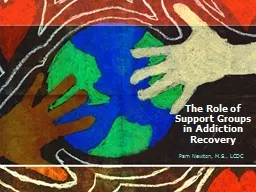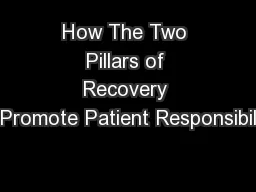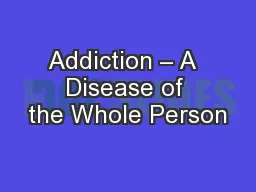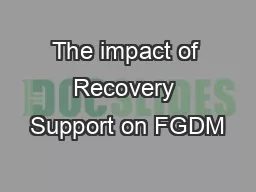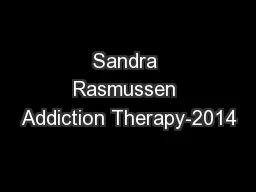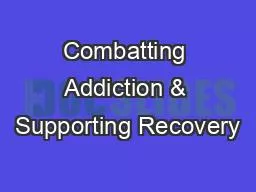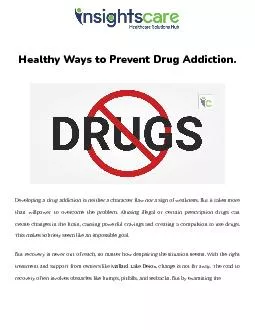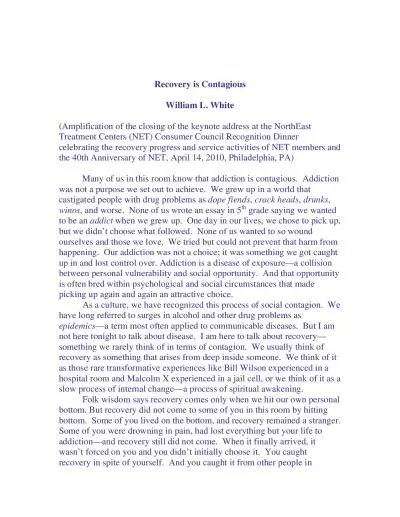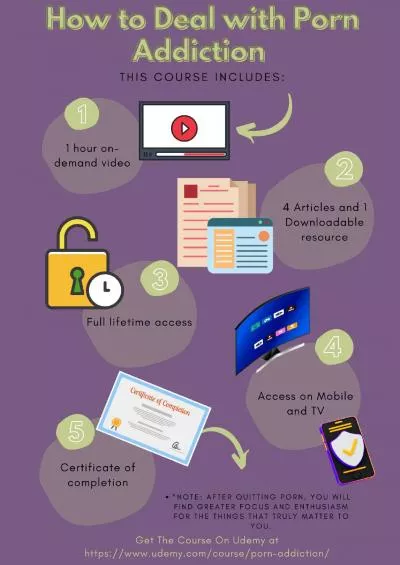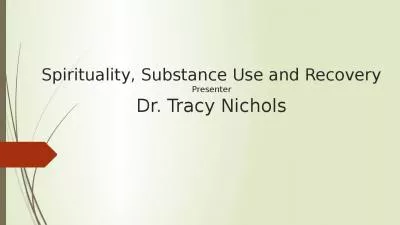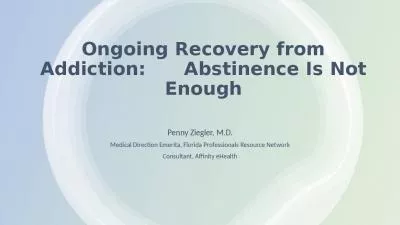PPT-The Role of Support Groups in Addiction Recovery
Author : alida-meadow | Published Date : 2017-09-23
Pam Newton MS LCDC What is a Support Group A support groups is a place for people to give and receive both emotional and practical support as well as to exchange
Presentation Embed Code
Download Presentation
Download Presentation The PPT/PDF document "The Role of Support Groups in Addiction ..." is the property of its rightful owner. Permission is granted to download and print the materials on this website for personal, non-commercial use only, and to display it on your personal computer provided you do not modify the materials and that you retain all copyright notices contained in the materials. By downloading content from our website, you accept the terms of this agreement.
The Role of Support Groups in Addiction Recovery: Transcript
Download Rules Of Document
"The Role of Support Groups in Addiction Recovery"The content belongs to its owner. You may download and print it for personal use, without modification, and keep all copyright notices. By downloading, you agree to these terms.
Related Documents

